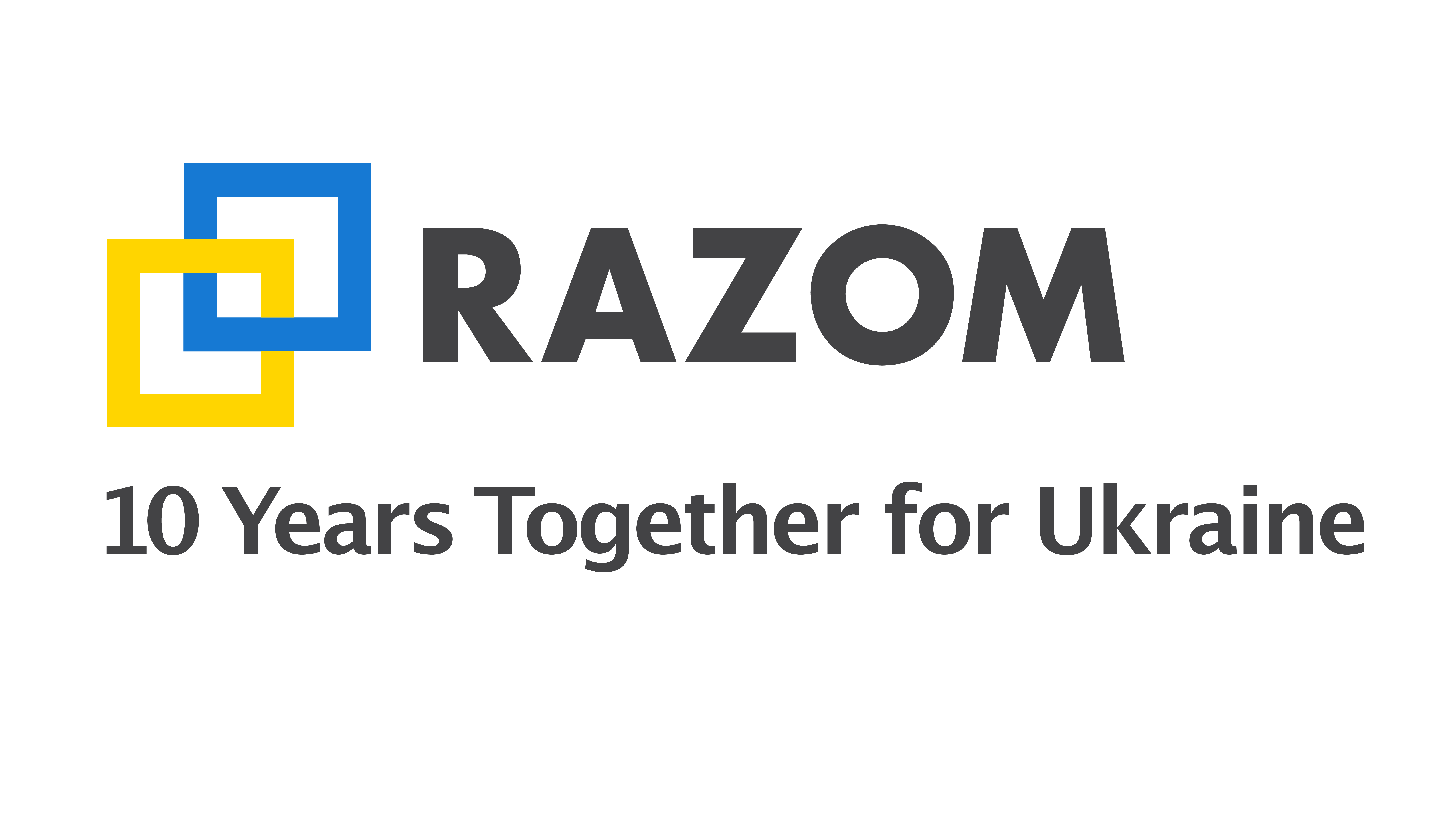Razom hosted a discussion at Columbia University with Vakhtang Kipiani on November 19th at the university student center. Current undergraduate and graduate students joined activists and volunteers for a two-hour discussion about how history affects the future, especially in the time of war and decommunization. Lyuba Shipovich and Dora Chomiak moderated the conversation with Kipiani, who was visiting from Ukraine.
Vakhtang talked about his work with Istorychna Pravda which he described as a ‘shish kabob skewer’ that holds a host of projects, including a website, original books, over 200 television documentaries, a museum of diaspora press, and more.
We discussed many topics including the need for civic education in Ukraine for current civil servants, citizens, and children. Over two dozen people participated and asked questions during a lively debate.

Kipiani talked about the importance of knowing the good and the bad parts of history to truly understand who interacted with Ukraine. If you do not understand your own history, then you can be easily manipulated by people who provide information that support their own interests. Citizens need to accept all the contradictions in history. For example, the head of Soviet Ukraine also helped to make soccer be a tool of national branding. Kipiani talked about a specific match in 1981 between the Kyiv team and the Moscow team where fans were shouting ‘bej bej moskaliv.’
Не існує абстракна Україна. Є тільки ми. -Кіпіані
We spoke about the importance of civic education with a Ukraine-focus. Although Kipiani had never considered creating a course for existing civil servants in Ukraine, Oleksandr Starodubsev was in the audience (since he was the keynote at the Razom Tech Summit two days before) and he asked the question. Razom connected two Ukrainians who are both working to build a prosperous Ukraine.
The event was co-hosted by the Ukrainian Students Club as well as by the Ukrainian Studies Program at Columbia University.
Photo credit: Slavick Ciganec







